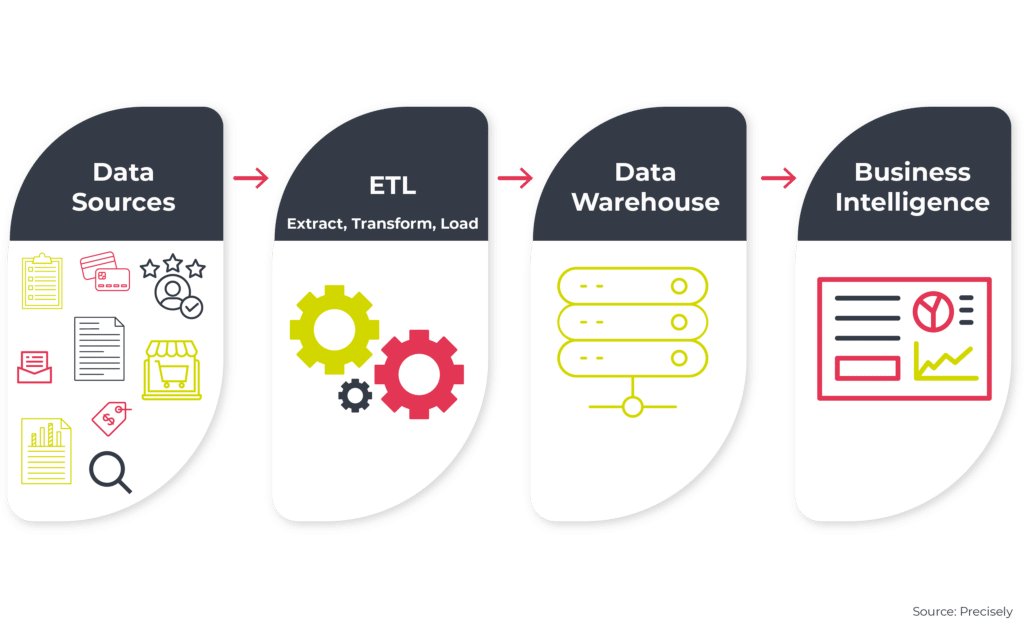
So without further ado, let’s get started.

It applies both to the implementation phase and later. ETL typically summarizes data to reduce its size and improve performance for specific types of analysis. rep1, rep2, rep3) name of interface in ODI. However, implementing ETL process in PL/SQL is a lot more time and human resources consuming process. ETL (Extract, Transform, Load) is an automated process which takes raw data, extracts the information required for analysis, transforms it into a format that can serve business needs, and loads it to a data warehouse. You may have already started thinking of some ideas to handle the mapping of information into our target, or some issues that we’ll need to address. I have some ETL processes in Oracle Data Integrator 11, so I need to make a report in BI about these processes, I need to export the following information from ODI (into BI): Date of data loading. We will get to put all this together in this topic as we begin to design and build our mappings. In the previous topics, we’ve also talked about the concepts of extraction, transformation, and loading of data that will be required to get the source data from our source to our target structure. We’ve looked in detail at the source structures in topic 2 and talked about staging data in topic 5. So let’s work on designing a mapping, which will make use of some of the features we looked at in the last topic. We have all this new knowledge and are ready to use it. However, we didn’t get to do anything other than just look.

We also looked at the objects in OWB that we can use. We looked at the Mapping Editor, which is the main interface we’ll use to build our ETL mappings. We had our first introduction to the process of ETL in the last topic where we discussed what it is and saw the features the Warehouse Builder has for designing our ETL processes.


 0 kommentar(er)
0 kommentar(er)
